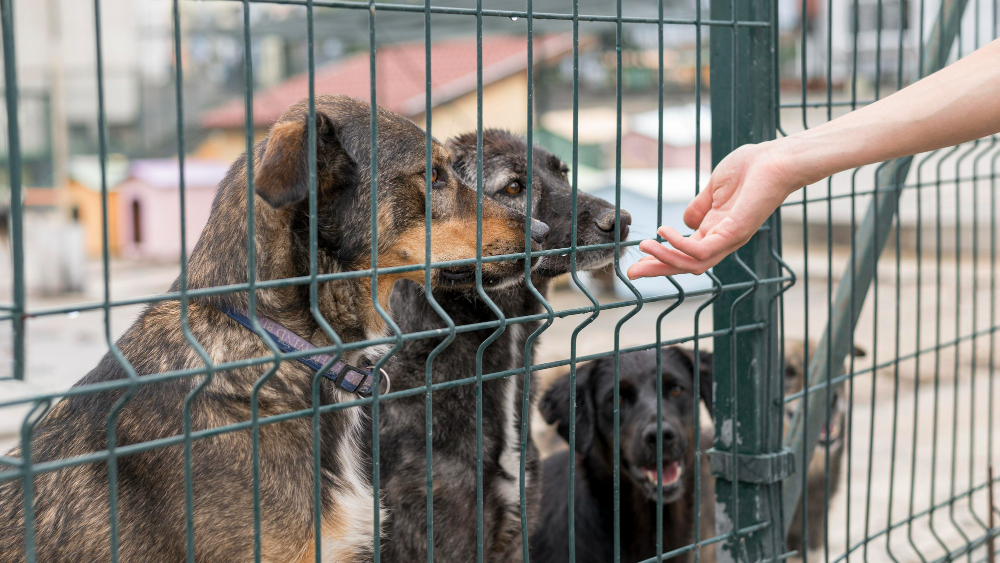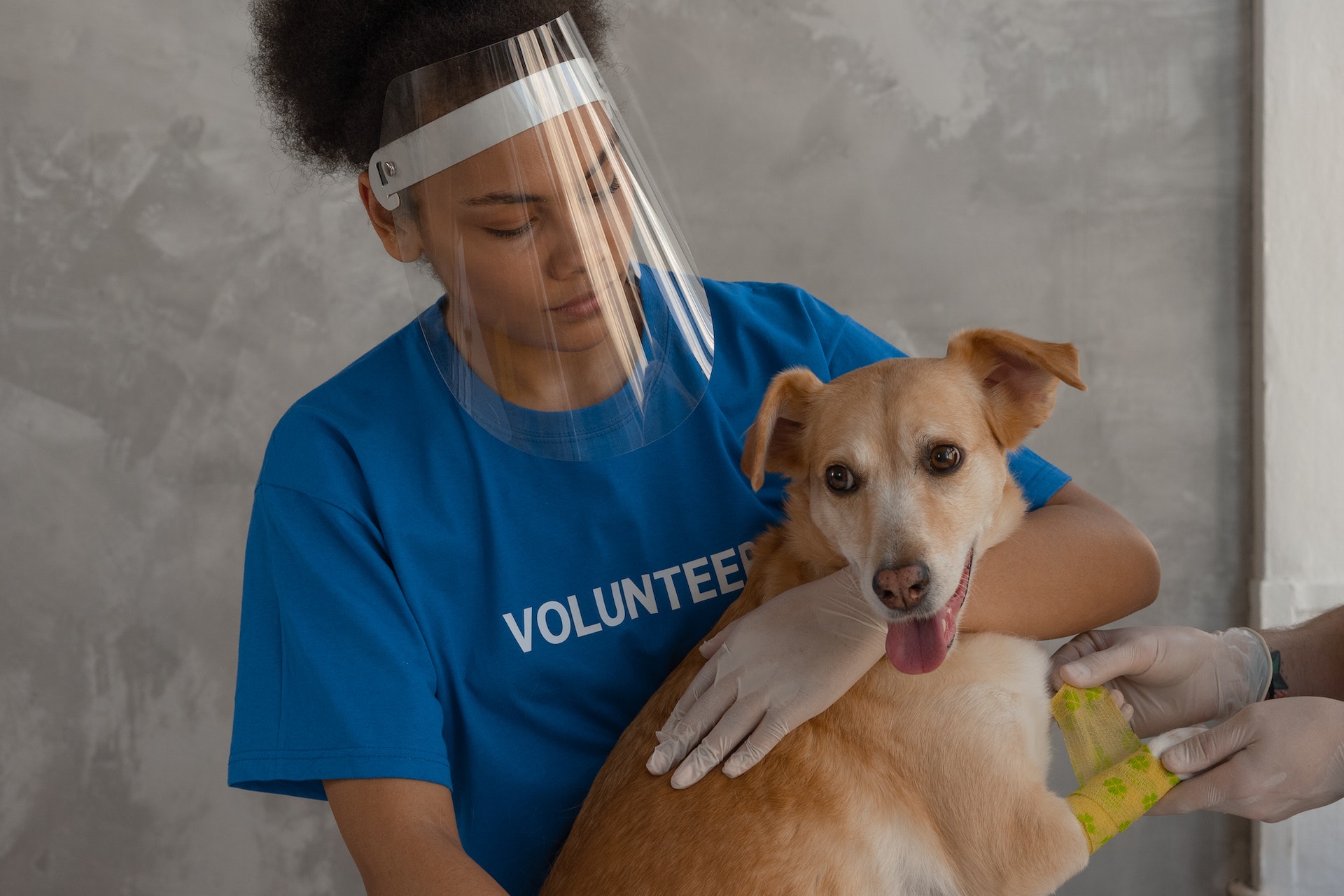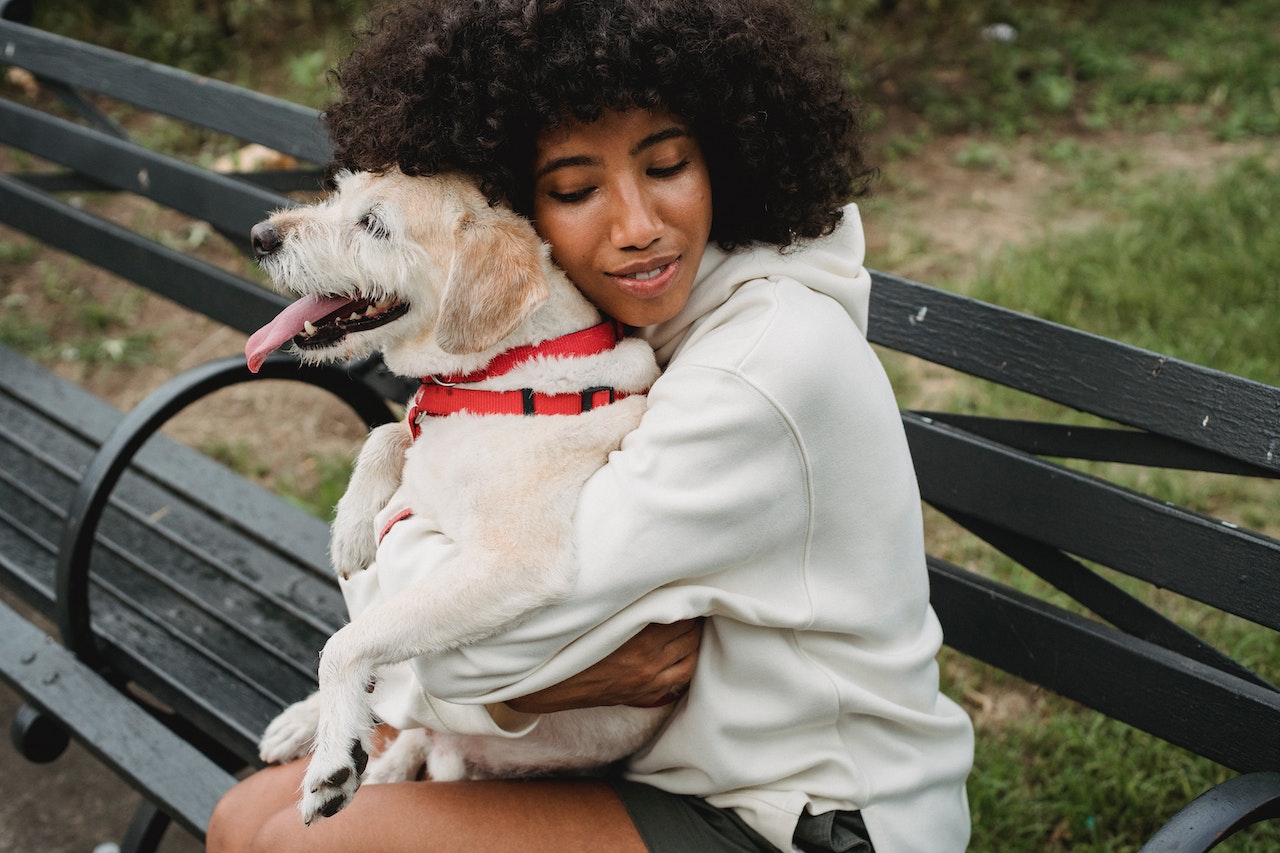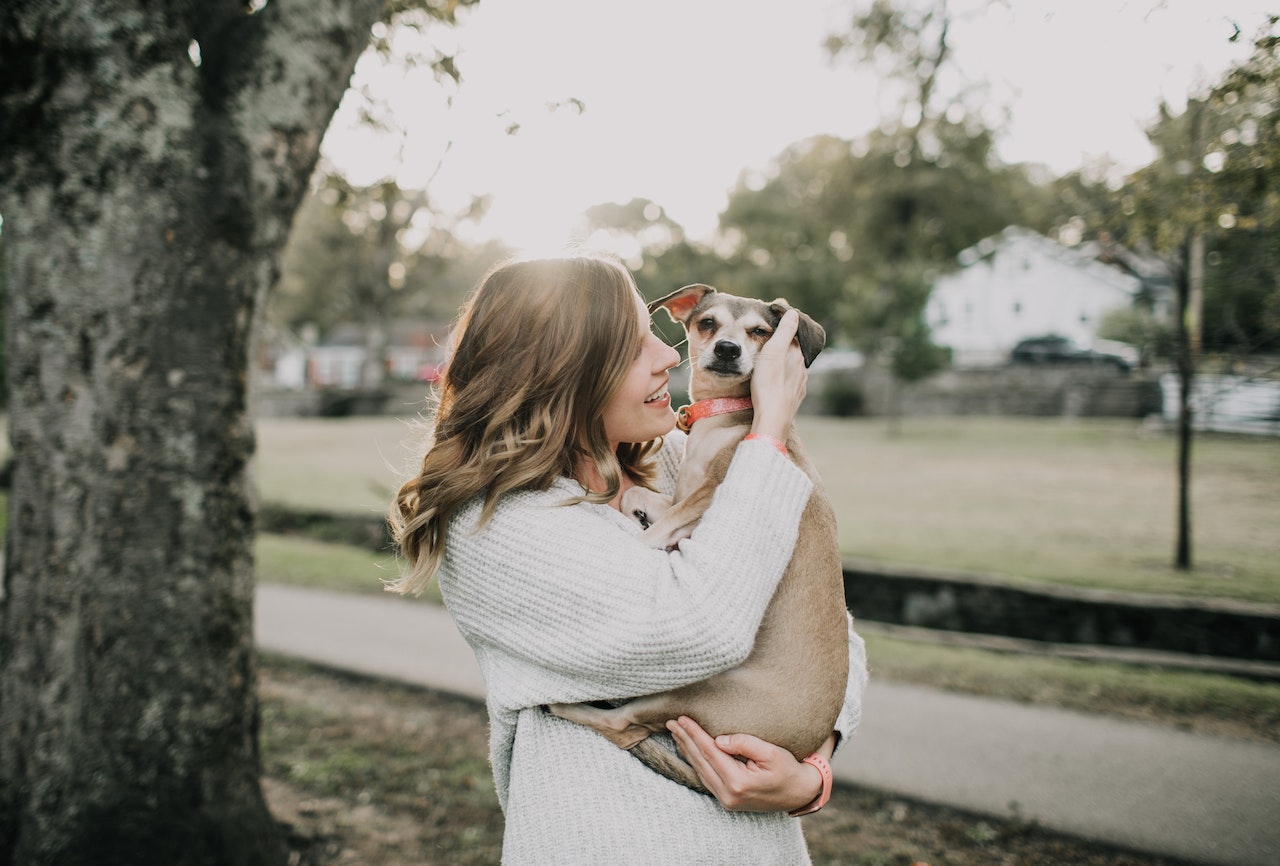Helping Animals Find Forever Homes
Animal shelters and rescues play a vital role in giving abandoned, abused, and neglected animals a second chance at life. Yet, many of these organizations operate on limited resources and rely heavily on community support. Whether you’re a passionate pet lover or just someone who wants to make a difference, there are many ways you can help animals find the loving homes they deserve.

Here are 10 practical, impactful ways you can support your local animal shelter and help pets transition into forever homes:
1. Adopt, Don’t Shop
One of the most direct ways to support your local animal shelter is by adopting a pet instead of buying one from a breeder or pet store. Shelters are full of wonderful cats, dogs, rabbits, and other animals waiting for a second chance. By choosing adoption, you’re not just gaining a loving companion — you’re saving a life.
2. Foster a Pet
If you’re not ready for a long-term commitment, consider fostering. Many shelters rely on foster homes to care for animals that need extra attention — whether it’s a litter of kittens, a senior dog, or a pet recovering from surgery. Fostering helps ease the shelter’s capacity and gives animals a calm environment to recover and socialize, increasing their chances of adoption.
3. Donate Supplies or Funds
Shelters always need basic supplies such as food, toys, blankets, cleaning products, and medical supplies. Monetary donations also go a long way in helping cover veterinary bills, vaccinations, and spay/neuter services. Even small amounts add up. Plus, your taxes can be filed for free depending on the tax software you use — so those savings could become a donation!
4. Volunteer Your Time
Volunteers are the heartbeat of animal shelters. Whether you’re walking dogs, cleaning kennels, helping with admin work, or promoting adoptable animals online, your time and effort matter. Shelters often provide training for volunteers, so you don’t need prior experience — just a love for animals and a willingness to help.
5. Help with Transport
Many animals need rides to foster homes, adoption events, or vet appointments. If you have a vehicle and some flexibility, volunteering as a pet transporter is a great way to contribute. Your help could be the bridge between a shelter and a forever home.
6. Promote Adoptable Pets on Social Media
You can use your social media presence to help shelters find homes for animals. Share posts, photos, and adoption events from your local shelter’s page. A simple share might reach someone looking to adopt. Creating reels, TikToks, or short videos of adoptable pets is also an effective and creative way to boost visibility.
7. Attend or Organize Fundraising Events
Attend adoption drives, charity walks, or bake sales supporting your shelter. Better yet, organize one! Fundraising events raise money, increase community awareness, and provide fun opportunities for people to engage with your local rescue. You can also organize birthday fundraisers or donation drives in place of gifts.
8. Use Your Skills to Support Their Work
Are you a photographer, graphic designer, writer, or web developer? Your professional skills can help shelters tremendously. Great photos increase adoption rates, compelling blog posts can boost visibility, and an improved website makes it easier for people to adopt, donate, or volunteer.
9. Educate Others About Animal Welfare
The more people know, the more they care. Talk to friends, family, and coworkers about the importance of adopting pets, spaying/neutering, and supporting local shelters. You can also encourage schools to invite shelter staff for awareness programs or help organize pet education sessions in the community.
10. Sponsor an Animal
If you’re unable to adopt or foster, consider sponsoring a pet. Many shelters allow you to cover the costs of an animal’s care until they find a home. Sponsorships often include food, medical care, and boarding. Some programs even allow updates and communication with the future adoptive family — a great way to stay connected with the life you helped change.
Why It Matters: Helping Animals Find Forever Homes
Each of these actions, big or small, contributes to a larger goal — helping animals find permanent, loving homes. When animals are nurtured, socialized, and well cared for, they are more likely to be adopted quickly. And the faster an animal finds a home, the more space there is in the shelter for others in need.
Adopting a proactive role in your community’s animal rescue efforts also fosters a culture of kindness, compassion, and responsibility. In turn, this strengthens the shelter system and improves the lives of countless pets and people alike.
Final Thoughts
Your involvement doesn’t have to be grand to be meaningful. Even just an hour a month, a small donation, or a simple social media share can make a significant impact. Supporting your local animal shelter is a fulfilling way to give back to your community, advocate for those without a voice, and help animals find their forever homes.
Remember: small actions lead to big changes — especially when it comes to saving lives.






















